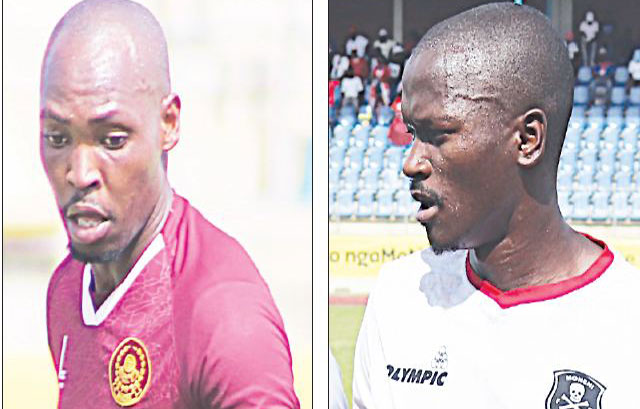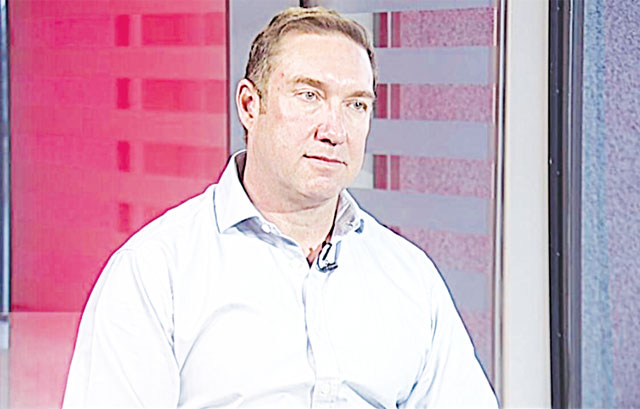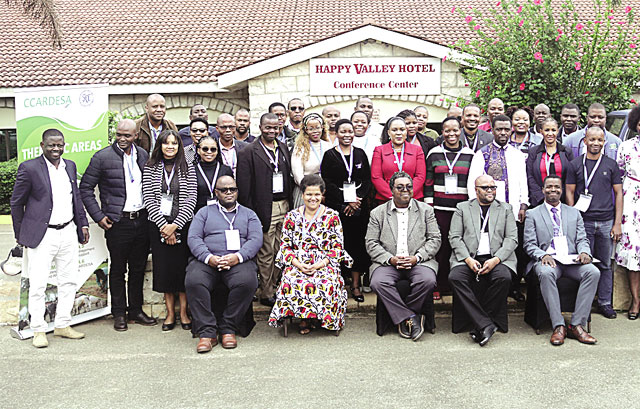By Kholwaphi Mdziniso | 2019-12-03

The key responsibilities of a leader are to harness the needs of the organisation with that of the people and optimising all key resources to create a vision that will be shared by the people of the organisation.
A leader has to create the vision for the institution, and then design a strategy to follow to unpack the vision. He has to engage the people to commit to the vision, fuel the energy so to get buy into the vision and further motivate the people to maintain the energy until the vision is achieved.
A leaders’ responsibility is no walk in the park, hence steering an organisation on its unique journey towards its chosen destination is one of the biggest personal challenges facing all leaders.
And that is because internal and external issues will constantly change the landscape in which the organisation operates.
Navigating the leadership terrain is widely recognised as the new core requirement of the 21st century leader.
The benefits of applying navigational skills are immense, including the creation of a more agile, successful and sustainable organisation.
Stein J. (2014) cites six key fundamental essentials for functional leadership which are: identifying the vision, designing strategy, engaging the people, motivation the team and developingownership. On each of the stages, a leader needs to identify the best possible way to influence at that particular stage;
1) Identify the vision
Identifying a vision focuses on the size of the opportunity for everyone likely to be involved on the journey including suppliers, partners and other stakeholders. The role of the leader is to create a journey experience and an organisation that others wish to be part of. The key important milestones to be achieved during this stage are:
n Identify the reasons for embarking on the journey, what is the vision?
n Establish the challenges and issues likely to be faced in the future
n To produce a vision statement stressing the dreams and ambitions of the organisation.
The outcomes from each of the objective should be used to describe the landscape. Having the vision inspire individuals to come on board. Every leader ought to keep in mind that everyone wants to be part of something special, hence establishing the purpose, belonging, challenge, adventure and opportunity should form part of the vision. If not, early momentum on the journey will be problematic.
2) Strategy
The strategy stage focuses on creating the route map needed to carefully chart the right course on the journey. The role of the leader is to demonstrate how the vision will be realised.
The key factors to be achieved are:
n Identify the areas of operational focus critical to success on the journey
n Establish the behaviours and/or values important to the organisation
n Match the relevant areas of focus to each individual’s role.
The strategy becomes the blueprint for the journey. The production of the route map is the single most important piece of work carried out by leaders on the journey.
3) Engagement
The engagement stage focuses on obtaining thebuy-in and commitment from othersto the route map. The role of the leader is to not to generate more followers, but to create more leaders throughout the organisation.
The important objectives are:
n Identify cultural architects (leaders without authority)
n Carry out informal people surveys to gauge commitment levels
n Use the feedback to improve the overall workplace experience.
The outcomes from each objective should be used to improve communication, build trust, develop leadership capability and sustain performance momentum on the journey. Cultural architects are advocates of the vision, the route map and are proud to be associated with the organisation and the journey.
The greater the number of cultural architects you have in the organisation, the higher your level of people engagement will be. Productivity and performance will improve.
4) Motivation
The motivation stage focuses on thecreation and reinforcement of theperformance climate needed on the journey. The role of the leader is to create a climate which will enable others to perform to their full potential.
n Define what is meant by high performance
n Identify what motivates and de-motivates individuals
n Remove any barriers to high performance that may exist.
The outcomes from each objective should be used to improve the people management skills of leaders and managers.
5) Development
The development stage focuses on the need toprotect the systems,processes and people important to creating a successful and sustainable organisation. The role of the leader is to improve operational efficiency on the journey by setting new and higher standards.
Performance complacency can easily creep in on any journey. The development stage is designed to stop this happening. The three important objectives are to identify the barriers to operational efficiency
n Agree behavioural competencies for each job role
n Educate individuals in the principle of lifelong learning.
Understanding the unique contribution of others, unlocking the power of information and the creative use of experience and expertise is important to delivering success.
6) Ownership
The ownership stage focuses on maximising the people potential in the organisation and is the culmination of the work carried out during the previous five stages. Ownership is often regarded as the ‘holy grail’ on the journey – the ultimate cultural prize where agility, pride, trust and collective focus is demonstrated. The role of the leader is to build a confident, high-performing workforce resulting in the successful execution of the strategy. The three important objectives to be achieved during this stage are:
n Explain the importance of ‘personal accountability’
n Ensure people understand their role and performance responsibility
n Use coaching and feedback to inspire others.
The outcomes from each objective should be used to create an environment where people are confident enough to take the appropriate action to perform at the highest level.
share story
Post Your Comments Below

SOCCER - LIVING on borrowed time!
For the first time in history of local football, two of...

Status Capital Building Society shareholders are once again being asked to take part in an audaci...

BEAUTY Pageant Eswatini Chairman, Sandra Ismail, officially passed over the Miss Eswatini title t...

Eswatini along with many other African nations is under scrutiny for failing to meet its commitme...
All material © Swazi Observer. Material may not be published or reproduced in any form without prior written permission.
Design by Real Image Internet